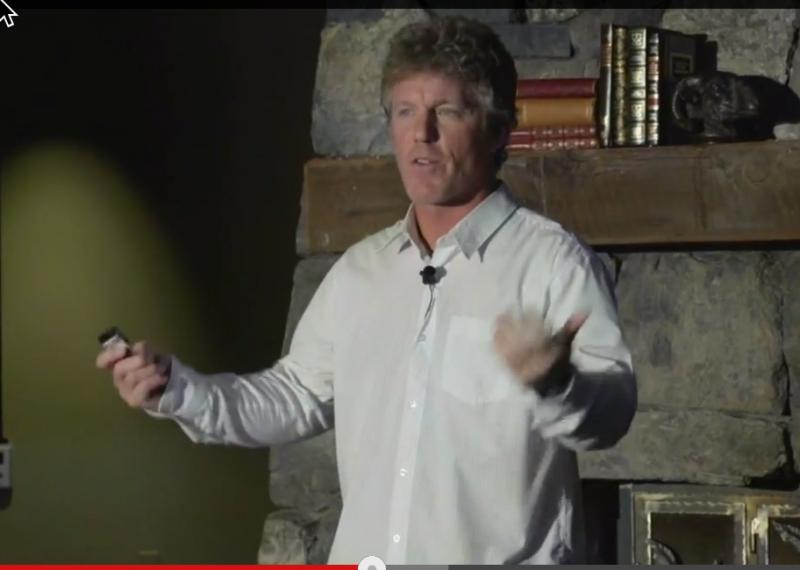You may have heard us warning backcountry skiers and riders
about buried surface hoar in our avalanche advisories this month. So what is this lurking predator and how do
we know where to find it?
Surface
hoar, sometimes called “hoar frost”, is that beautiful, glimmering, feathery
crystal you’ve probably admired while strolling around town. When it gets buried on a steep slope, it can
be an incredibly fragile and dangerous weak layer that can persist for weeks or
months. Surface hoar is the winter
version of dew. In order for it to form,
we need 3 ingredients: clear nighttime
skies without canopy cover, calm winds, and some relative humidity in the air. Of course, these feathery crystals aren’t a
problem unless they are preserved below a slab of snow. In Crested Butte, we frequently see strong
winds prior to the arrival of the next storm, which helps destroy those fragile
layers. Sun-baked slopes can also cook
the layer into submission. The take-home
point here is that there are a lot of factors at play that can make for
variable and spotty distribution of buried surface hoar; some slopes may have
it while others don’t.
We had
a significant surface hoar event around Thanksgiving that was buried on some
slopes after our early December storms. We’ve
been finding it preserved on shaded and wind protected or leeward slopes,
especially at lower elevations. It has
been the culprit for a handful of avalanches these past few weeks. This layer has been fairly easy to identify
in a snow pit: it looks like a thin grey stripe in the snow (this is not always
the case).
We are just exiting another
high pressure weather pattern that is favorable for surface hoar growth. When you’re out touring in avalanche terrain,
look for surface hoar and what slopes it is forming on to give you a better
idea of places to avoid if it gets buried and becomes problematic. And don’t forget check our website for the
most up-to-date avalanche conditions before you head out. www.cbavalanchecenter.org
-Zach Guy
 |
| The obvious grey stripe in the middle of the pit is a layer of buried surface hoar found on Schuykill Ridge this week. |
-Zach Guy





